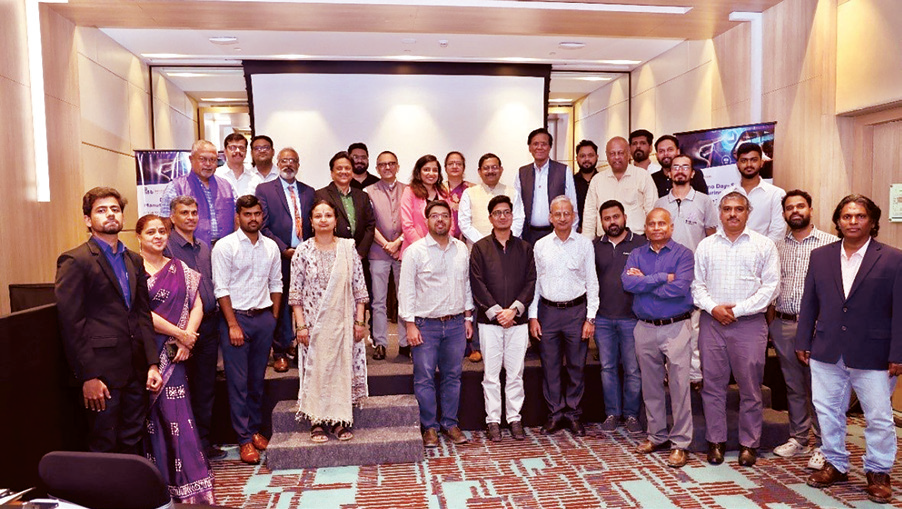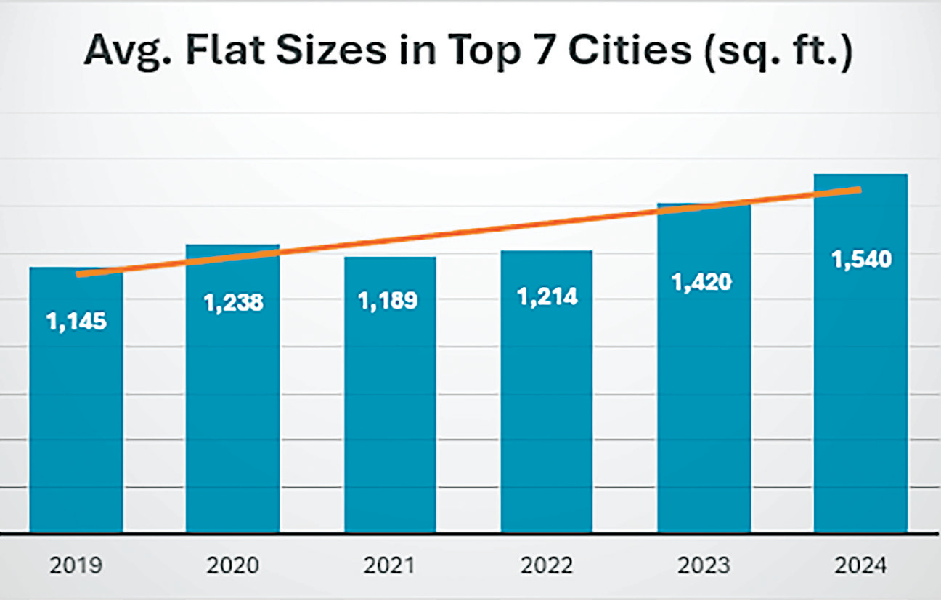
The digitally divided
Digital poverty is a new concept of poverty, meaning the inability to access and bene it from information and communications technology services.
By Rachna Ramesh
Not being able to buy a kite is the biggest woe of the lockdown for Prajwal. The 10-year-old doesn’t miss his friends and the daily routine of going to school. “I’ve forgotten all my friends through the lockdown,” he says. On the other hand, “they haven’t been to school in 2 years,” his mother worries. Prajwal and his elder sister, Pragathi study in Kasturabhai Shale, a Kannada medium school located in Chamarajpet, Bengaluru. Their father is a rickshaw driver, the sole earner of the family of four, and the only one who owns a basic phone. An April 2020 survey of 23 states among school children in Class 1 to 12 found that only 43.9% of them had access to smartphones, another 43.9% to basic phones, while a significant 12% did not have access to either smartphones or basic phones.
The teachers of the Kasturabhai school do not possess the IT infrastructure nor the digital literacy required to conduct virtual classes. With the near-total digitization that has embedded itself in every aspect of our life due to the pandemic, our schools also have had to adapt to the new challenges of learning. In the context of a classroom, digital literacy in a teacher essentially means the awareness and basic proficiency of a wide range of appropriate and relevant IT tools and apps to teach the subject. As per a report from the Digital Empowerment Foundation in 2018, around 90 percent of India’s population is digitally illiterate. India is undergoing a digital revolution, showing signs of improvement in economic growth and development, while simultaneously creating a new class of digitally poor citizens. While Prajwal’s teachers are digitally poor, so is Prajwal.
Digital poverty has been defined as a new concept of poverty, meaning the inability to access and benefit from information and communications technology services due to a lack of access, and a lack of skills required to access these services. “Even if they did provide online classes, we can’t’ afford it,” says Prajwal’s mother. They cannot afford to buy a smartphone right now, especially with the losses that have been incurred due to continued lockdowns and no alternate employment choices or source of income.
Prajwal’s mother is aware of the necessity of digital literacy in the concrete jungle that they reside in and the hole that is being dug in her children’s education due to their inability to access it. “The school provided free computer classes from grades 5 to 7,” she explains the incentive behind admitting her children to the Kasturbhai Shale. Pragathi, who had to spend her Class 6 at home, worries if she might never get to understand the workings of a computer as the new wave of the pandemic keeps her school’s doors shut. She might have to spend her year of class 7 at home too, barring her only access to computers and a basic level knowledge of digital literacy.
The government has been making certain efforts to increase digital literacy skills amongst citizens. There are three main digital literacy programs that have either been implemented or are in the process of implementation. However, until October 2018, around 2 crore individuals have been covered, which is just 1.67% of India’s population. A design flaw in all these schemes is that the training is being conducted on computers, leading to a requirement of expensive IT infrastructure, as well as broadband connectivity to make the training possible. This ignores the realities of the digital experience in India, as well as the easier availability of smartphones and mobile data, which would reduce the costs for the scheme and make implementation wider, especially considering the shortfall in funding requirements.
It is not a pleasant scenario for children who have access to smartphones and online learning either. A survey of parents of children aged 5 to 15 years in Delhi saw 54% admitting that their offspring were spending an average of five hours more on their smartphones and computers daily. 84% of parents were concerned about this. Many schools that have adapted to the new way of virtual learning have staff that are ill-trained to take up these fresh tasks. Most teachers are not digitally fluent, that is, they lack the ability to find creative solutions by leveraging a combination of digital resources to their advantage. They cannot challenge difficulties that often arrive in the scenario of virtual learning. The difficulties may be as simple as explaining a topic that is strenuous to understand, to more serious issues of lack of learner interest or motivation.
Prajwal had a handful of friends when he went to school but the number has now
 English daily published in Bengaluru & Doha
English daily published in Bengaluru & Doha






